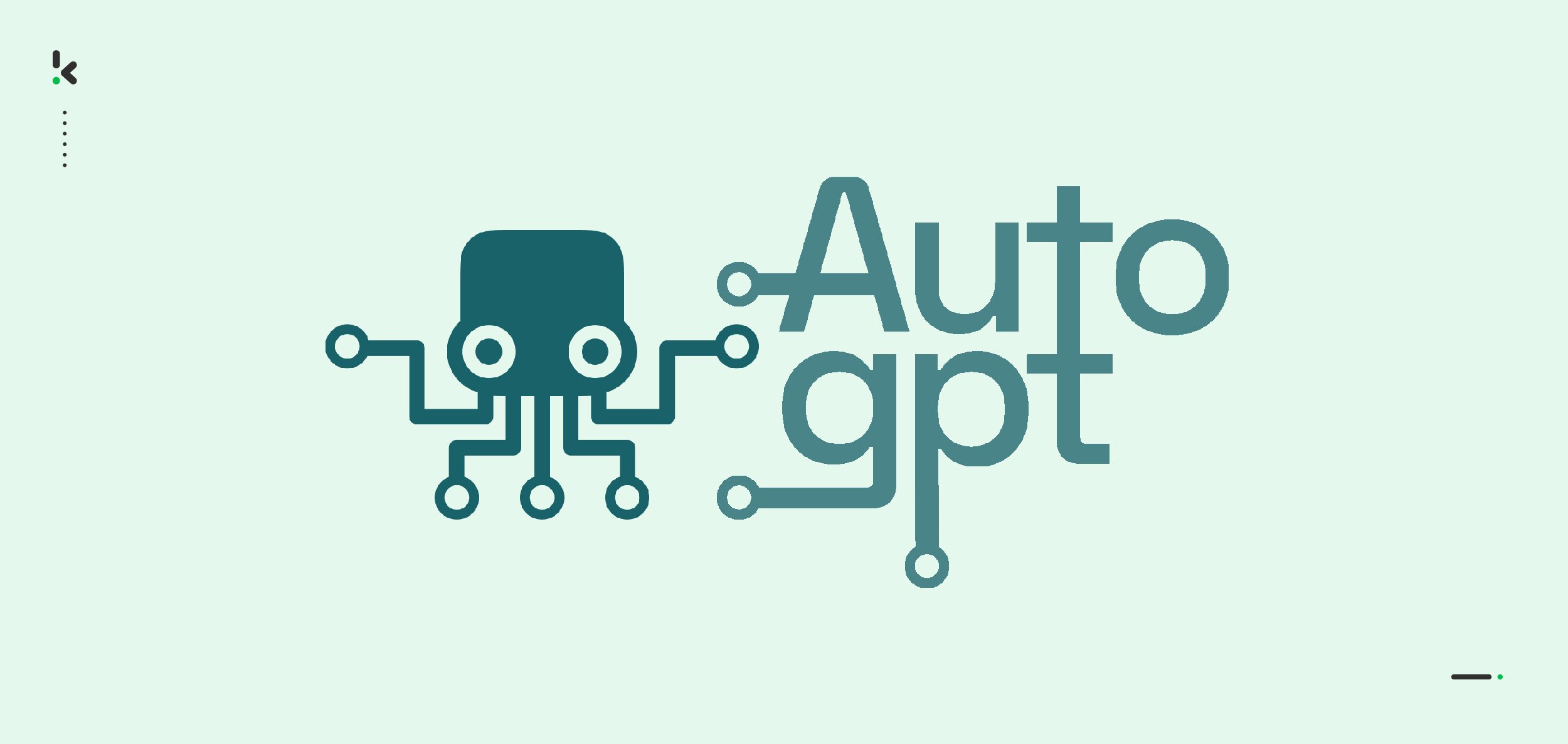Software development has always been a collaborative process. Developers work in teams, review each other’s code, and often practice pair programming, where two developers work on the same code simultaneously. But now, with the rise of AI-powered coding assistants, programmers can pair with AI agents instead of—or alongside—human colleagues.
These AI-powered pair programmers help developers write code faster, debug errors instantly, and improve collaboration. But how effective are they? In this article, we’ll explore how AI is changing the way developers work together and highlight tools that assist teams in building better software.
What is AI-Powered Pair Programming?
Pair programming is a technique where one developer writes the code while another reviews it in real-time. Traditionally, this involves two human programmers. But with AI, developers can now work alongside intelligent coding assistants that:
✅ Suggest code completions
✅ Identify potential bugs
✅ Improve code readability
✅ Offer real-time feedback
These AI-powered agents act like virtual coding partners, helping developers be more productive and efficient.
How AI Enhances Pair Programming
1. AI Speeds Up Code Writing
Developers often spend a lot of time writing repetitive code. AI-powered coding assistants help by predicting the next line or even generating full code blocks.
AI Tools for Faster Coding
- Flatlogic AI – Generates full web applications instantly, reducing manual coding.
- GitHub Copilot – Suggests code completions in real time.
- Amazon CodeWhisperer – Uses machine learning to predict and write code.
Instead of writing every line from scratch, developers can focus on logic and problem-solving, while AI handles the repetitive coding tasks.
2. AI Helps Detect and Fix Bugs Instantly
Debugging is a major part of software development. AI-powered pair programmers help by identifying errors before the code is even executed.
AI Tools for Debugging
- DeepCode – Uses AI to analyze and fix errors in real-time.
- Snyk – Detects security vulnerabilities in dependencies.
- SonarQube – Provides AI-driven code quality analysis.
With AI-powered debugging, developers spend less time searching for errors and more time improving functionality.
3. AI Improves Code Collaboration and Reviews
In a team, developers often need to review each other’s code to ensure quality. AI-powered tools make this process faster and more efficient.
AI Tools for Code Review
- Flatlogic AI – Generates structured, high-quality code from the start.
- GitHub Copilot – Suggests alternative ways to write the same function.
- DeepCode – Provides real-time feedback on coding best practices.
Instead of waiting for a human reviewer, developers can get instant AI-powered feedback and improve their code immediately.
4. AI-Powered Pair Programming Works 24/7
Unlike human developers, AI-powered coding assistants are always available. Developers can rely on AI tools anytime they need help, making them especially useful for:
- Solo developers who need instant feedback
- Remote teams working across different time zones
- Beginners learning how to code
With AI as a coding partner, developers don’t have to wait for team members to review their work—they can get AI assistance whenever they need it.
Can AI Fully Replace Human Pair Programming?
While AI-powered pair programming offers many benefits, it also has limitations.
| Feature | AI Pair Programmer | Human Pair Programmer |
|---|---|---|
| Speed | ✅ Instantly suggests code | ❌ Slower, needs discussion |
| Bug Detection | ✅ Identifies common errors | ✅ Catches logical issues |
| Code Efficiency | ✅ Optimizes performance | ✅ Understands project needs |
| Creativity & Problem-Solving | ❌ Limited to known patterns | ✅ Can think outside the box |
| Understanding Business Logic | ❌ Follows predefined rules | ✅ Adapts to unique project needs |
AI-powered pair programmers are excellent for automating tasks, catching errors, and improving efficiency, but they lack creativity and deep understanding.
Human developers are still essential for solving complex problems, making architectural decisions, and ensuring the software meets real-world needs.
How to Get the Best of Both Worlds: AI + Human Collaboration
The best approach is to combine AI and human expertise. Here’s how developers can use AI-powered pair programming effectively:
✅ Use AI for repetitive coding tasks – Let AI handle boilerplate code while you focus on logic.
✅ Rely on AI for quick bug detection – Use AI tools to catch small errors instantly.
✅ Keep humans involved in complex decision-making – AI can assist, but human developers should make architectural and design choices.
By blending AI and human intelligence, teams can build better software in less time.
Flatlogic AI: An AI-Powered Development Partner
One of the best examples of AI improving developer efficiency is Flatlogic AI.
✔️ Generates full web applications automatically
✔️ Provides ready-to-use frontend, backend, and database setups
✔️ Helps developers speed up project development
✔️ Ensures code quality and best practices
Instead of starting from scratch, developers can use Flatlogic AI to quickly generate and customize their applications, making it a valuable AI-powered partner.
Final Thoughts: AI is Transforming Pair Programming, but Humans Are Still Essential
AI-powered pair programming is making software development faster, more efficient, and more collaborative. Tools like Flatlogic AI, GitHub Copilot, and DeepCode are helping developers write, review, and debug code with AI assistance.
However, AI is not replacing human developers—it is enhancing their abilities. While AI can automate many coding tasks, human creativity, problem-solving, and architectural thinking are still irreplaceable.
Would you pair program with an AI agent? The future of coding is evolving, and developers who embrace AI will have a major advantage.







